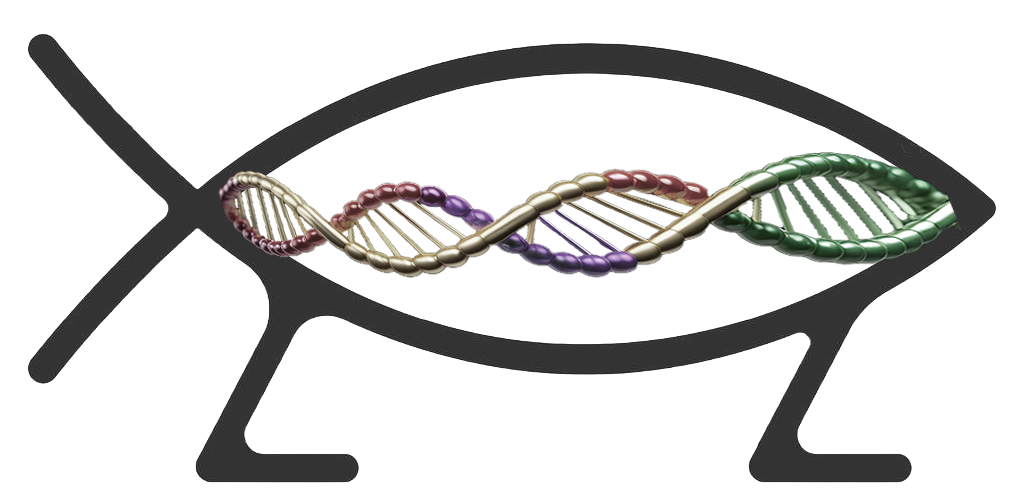ECST Conference 2024, Split, Croatia
ESSSAT is a scholarly, non-confessional organization, based in Europe, which aims to promote the study of relationships between the natural sciences and theological views. ESSSAT has members from almost every European country as well as members from other continents. They have diverse confessional backgrounds, and may include believers as well as non-believers and atheists.

The conference logo intricately weaves together the realms of science and theology, emphasizing their interconnectedness through narratives and fiction. It features the timeless Christian symbol IHTIS (ἰχθύς – the fish sign that served as a clandestine identifier during early persecutions of the Christians in Roman empire), Darwin’s fish (an evolution of the IHTIS sign with added legs), and the DNA spiral in vibrant liturgical colors. This design deliberately highlights the profound connection between science (embodied by evolution and DNA) and theology (represented by IHTIS and liturgical colors) by embracing the rich tapestry of narratives and fiction that seamlessly draw upon both disciplines.
The academic study of science and religion has been dominated by theological, historical and philosophical approaches since its inception (roughly the 1960s). In recent decades other disciplinary perspectives have become prominent, especially anthropology, psychology and social sciences. But there are still other approaches from the arts and humanities that are now starting to make their mark and are yet to be fully explored; approaches such as literary criticism and textual studies. Indeed, viewing the science-and-religion dis-course as a human social, political and existential problem foregrounds the particularities of context, time and place; particularities that are amenable to analysis in terms of story and narrative. Genres such as film and creative literature become important. Poetry and fiction contain far-reaching and imaginative explorations of issues at the heart of the science-and-religion dialogue. Classic examples in the English canon might be John Milton’s Paradise Lost (creation, cosmology, the human condition), or Mary Shelley’s Frankenstein (creation, human uniqueness). Mining these works requires a sensitivity to the methods of literary and textual criticism, while also allowing for a whole new mode of dialogue between the sciences and religious belief, a mode where the analysis of narrative, character, and literary devices takes centre stage.
ECST XX will explore these themes and more. Our hope is that scholars will bring their interests in science and religion to look at diverse questions and genres, such as sci-fi, music, creative literature, film, drama, and the analysis of narrative and story, along with the socio-political stories of science and religion in our world. Clearly, we have in mind literary and imaginative con-struals of the science-and-religion debate, but we are equally interested in the historiography of important moments in the debate, along with how the arts have been or might be used to explore social and political aspects of the debate. And of course, there are many other related issues within the humanities and sciences that might be appropriate to explore.
We will meet in the University of Split in Croatia, and will hear 4 plenary speakers who are experts in the analysis of narrative in science and religion, both literary and media scholars, social scientists and natural scientists with interests in theology. HERE we issued a Call for Papers for the short paper sessions, where individuals will be able to explore perspectives from their own interests. We are looking forward to a full gathering of ESSSAT friends and members in 2024.
